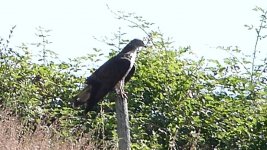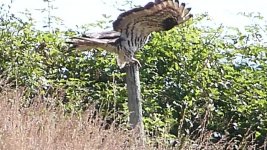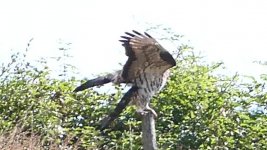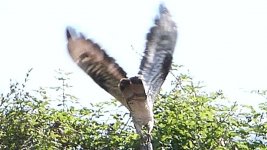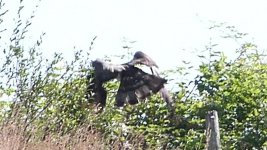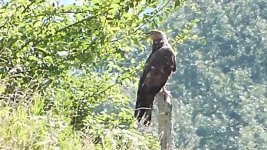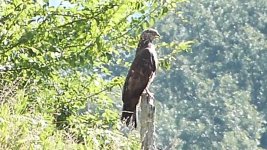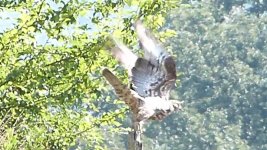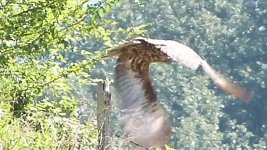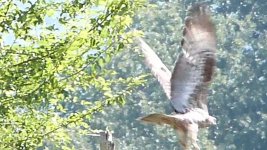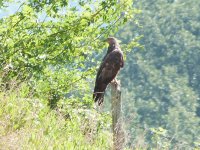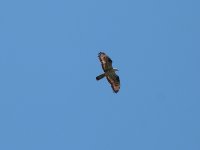26 July mid-morning, a large brown raptor took off from our hill. Immediately after, in the same area on the hill, I saw two Honey buzzards.
First one (photos 1 - 5) ... according to all the tuition I've received on the forum in previous years, I believe this is a male ~ ink-dipped fingers, clear black border along flight feathers, large spacing between final two bars on the tail?
Kinthissa
First one (photos 1 - 5) ... according to all the tuition I've received on the forum in previous years, I believe this is a male ~ ink-dipped fingers, clear black border along flight feathers, large spacing between final two bars on the tail?
Kinthissa




